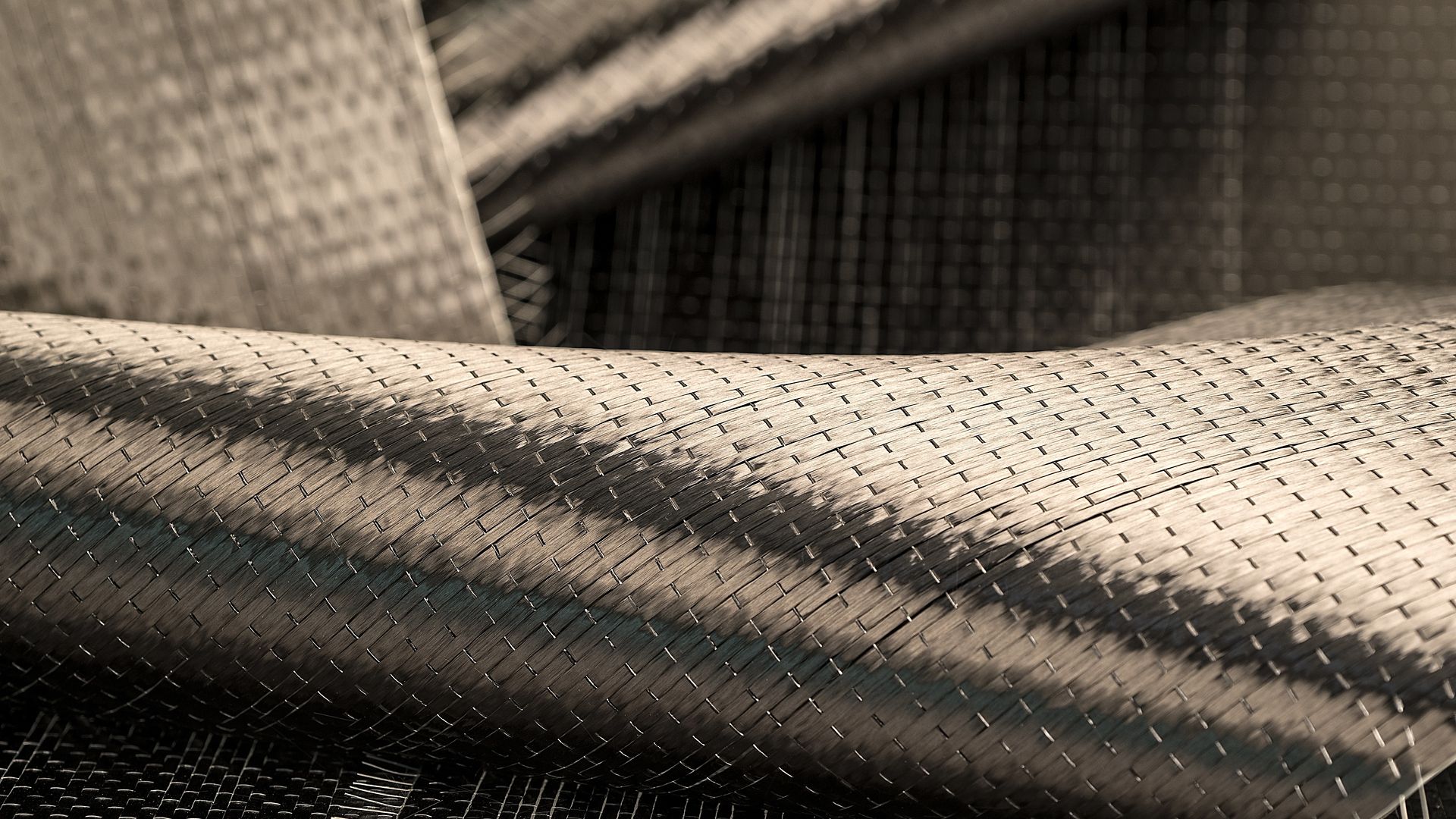In the ever-evolving world of construction, the need for structural integrity and safety remains paramount. As existing buildings and infrastructure age, they may face challenges like increased loads, degradation, or the need to comply with updated safety regulations. In such cases, structural strengthening comes to the rescue. One of the most promising and efficient techniques is using carbon fiber to reinforce the structural elements. In this blog, we will delve into what structural strengthening is, why structures need it, and how carbon fiber is revolutionizing this essential construction process.
What is Structural Strengthening?
Structural strengthening is the process of enhancing the load-carrying capacity and overall stability of existing structures. This technique is vital to address various structural deficiencies, such as cracks, corrosion, inadequate reinforcement, or to accommodate higher loads due to changing needs or seismic concerns. Rather than demolishing and rebuilding, structural strengthening offers a cost-effective and sustainable solution to extend the service life of buildings and infrastructure.
Why Structures Need Strengthening?
Several factors contribute to the need for structural strengthening:
- Aging Infrastructure: Many buildings and infrastructure around the world have surpassed their intended lifespan. Strengthening helps revitalize these structures, ensuring they can continue to serve their purpose safely.
- Increased Loads: With time, buildings may face heavier loads due to renovations, new equipment installations, or changes in occupancy. Strengthening ensures that the structures can handle these increased loads without compromising safety.
- Compliance with Safety Regulations: As building codes and safety standards evolve, older structures may require upgrades to meet the latest requirements. Structural strengthening helps ensure adherence to modern safety standards.
- Seismic Vulnerability: Buildings in earthquake-prone regions may need strengthening to improve their seismic resistance and protect inhabitants during seismic events.
Techniques with Carbon Fiber
Carbon fiber is a lightweight, high-strength material with exceptional properties, making it an ideal choice for structural strengthening. Some popular techniques that utilize carbon fiber include:
Carbon Fiber Reinforced Polymer (CFRP) Wrapping:
CFRP sheets or fabrics are bonded to the surface of structural elements using epoxy adhesives. This method is particularly effective for strengthening columns, beams, and slabs. CFRP provides excellent tensile strength, making it an ideal material to resist cracking and increase the load-carrying capacity of the structure.
CFRP Laminates:
This technique involves bonding multiple layers of CFRP sheets to a structural surface. The laminates are strategically placed to carry additional loads and enhance the overall stiffness of the element.
Near Surface-Mounted (NSM) CFRP:
In this method, small grooves are cut into the surface of the concrete, and CFRP bars or strips are inserted into the grooves. This ensures a better bond between the CFRP and the structure and can be used for flexural strengthening of beams and slabs.
CFRP Plates for Shear Strengthening:
Carbon fiber plates are used to strengthen the shear capacity of structural elements like walls, which are susceptible to shear failure.
Benefits of Carbon Fiber Strengthening:
High Strength-to-Weight Ratio: CFRP offers excellent strength while being significantly lighter than traditional strengthening materials like steel, reducing additional dead loads on the structure.
Corrosion Resistance: Unlike steel, carbon fiber does not corrode, making it a durable solution for long-term strengthening.
Minimal Disruption: Carbon fiber strengthening can often be applied externally, reducing the need for extensive demolition and reconstruction work.
Faster Installation: The application of carbon fiber is relatively quick, minimizing construction downtime and allowing for faster project completion.
Conclusion:
Structural strengthening with carbon fiber has emerged as a game-changer in the construction industry. Its ability to efficiently strengthen existing structures while offering durability, lightweight properties, and corrosion resistance has made it a popular choice among engineers and contractors. By utilizing techniques such as CFRP wrapping, laminates, NSM CFRP, and CFRP plates, carbon fiber provides enhanced load-carrying capacity, improved seismic resistance, and compliance with modern safety standards.
Structural strengthening is crucial for aging infrastructure, accommodating increased loads, and ensuring the long-term viability of buildings and infrastructure. Instead of costly and disruptive demolitions, carbon fiber techniques offer a cost-effective and sustainable solution to extend the service life of structures.
As the construction industry continues to evolve, the integration of carbon fiber in structural strengthening will play a significant role in building resilient and safe structures. By reinforcing the foundations of today, we can create a sustainable and secure future for generations to come.

